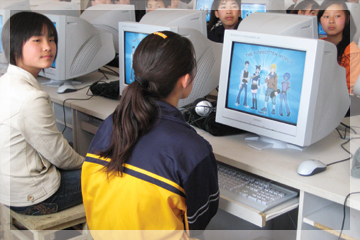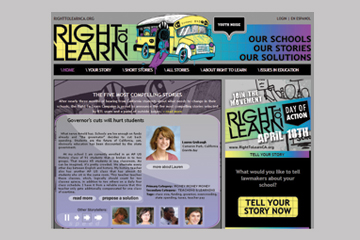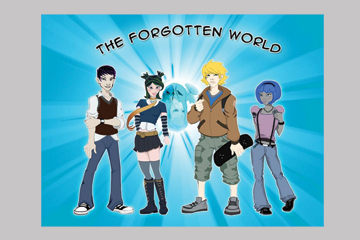Open Educational Resources

In April 2008, students from two middle schools in Xi'An, China, tested an alpha version of The Forgotten World, a comic book-styled mystery game that teaches English. The game will be openly available to all by early 2009.
Open Educational Resources is based on the simple but potentially transformative idea that technology in general and the World Wide Web in particular provide an extraordinary opportunity for everyone to share, use, and reuse information. To make this content available to everyone with access to the Internet, the initiative has concentrated its efforts in three areas:
Sponsoring high-quality open content. By convincing universities and colleges to share content previously held private, we are helping create a large portfolio of free, high-quality educational materials.
Removing barriers to the use of open content. Flexible copyright and licensing systems will make more material available to the public and encourage people to share educational tools and information.
Understanding and stimulating the use of open educational resources. Our priorities include mobilizing a worldwide movement of people and institutions; supporting the preservation and open access of books, photos, video, audio, and text; and demonstrating what freely available, high-quality online content can do to accelerate learning.
Open Educational Resources Grants authorized in 2007.
2007 Highlights
The Foundation’s grantmaking in the field of Open Educational Resources has become a worldwide movement. With the Foundation’s support, and drawing on the talents of its distinguished faculty, Yale University launched Open Yale Courses, which provide all the lectures of select courses on video. Among other milestones in open learning, MIT celebrated the fifth anniversary of its OpenCourseWare (now offering materials from 1,800 courses online, virtually the school’s entire curriculum), and European SchoolNet brought together the materials of its many organizations into a virtual repository of K–12 materials.
Our goal of increasing the number of users of OER Commons’ global teaching and learning network was surpassed, thanks to the 190,000 unique visitors reported in the first seven months of 2007. Creative Commons issued 60 million licenses that allow authors, scientists, artists, and educators worldwide to more effectively share their work. Creative Commons’ open educational resources division, called ccLearn, is creating another licensing portal designed specifically for educators.
Hewlett Foundation-supported work provided many success stories in 2007: Carnegie Mellon’s Open Learning Initiative continues to thrive; the United Nations Educational, Scientific and Cultural Organization (UNESCO) has focused its virtual network on open educational resources; and several major research libraries signed on with the Internet Archive’s Open Content Alliance.
Other progress in 2007 included a fourfold increase in Chinese translations of openly shared course materials and the introduction of more than 200 Chinese courses on the Web. Also, with the Shuttleworth Foundation and the Open Society Institute, the Foundation cohosted a prominent conference on open educational resources in Cape Town, South Africa.
2008 Goals
- Create a sustainable infrastructure for open educational resources
- Continue to support open educational resources in Africa, India, China, and Europe
- Support the development of the Community College Consortium for Open Educational Resources in the United States
- Explore ways to set criteria for high-quality content and tools
- Fund further studies on the use of and demand for open educational resources
- Develop new research and development projects based on open learning
For more information, please visit the Foundation Web site.




